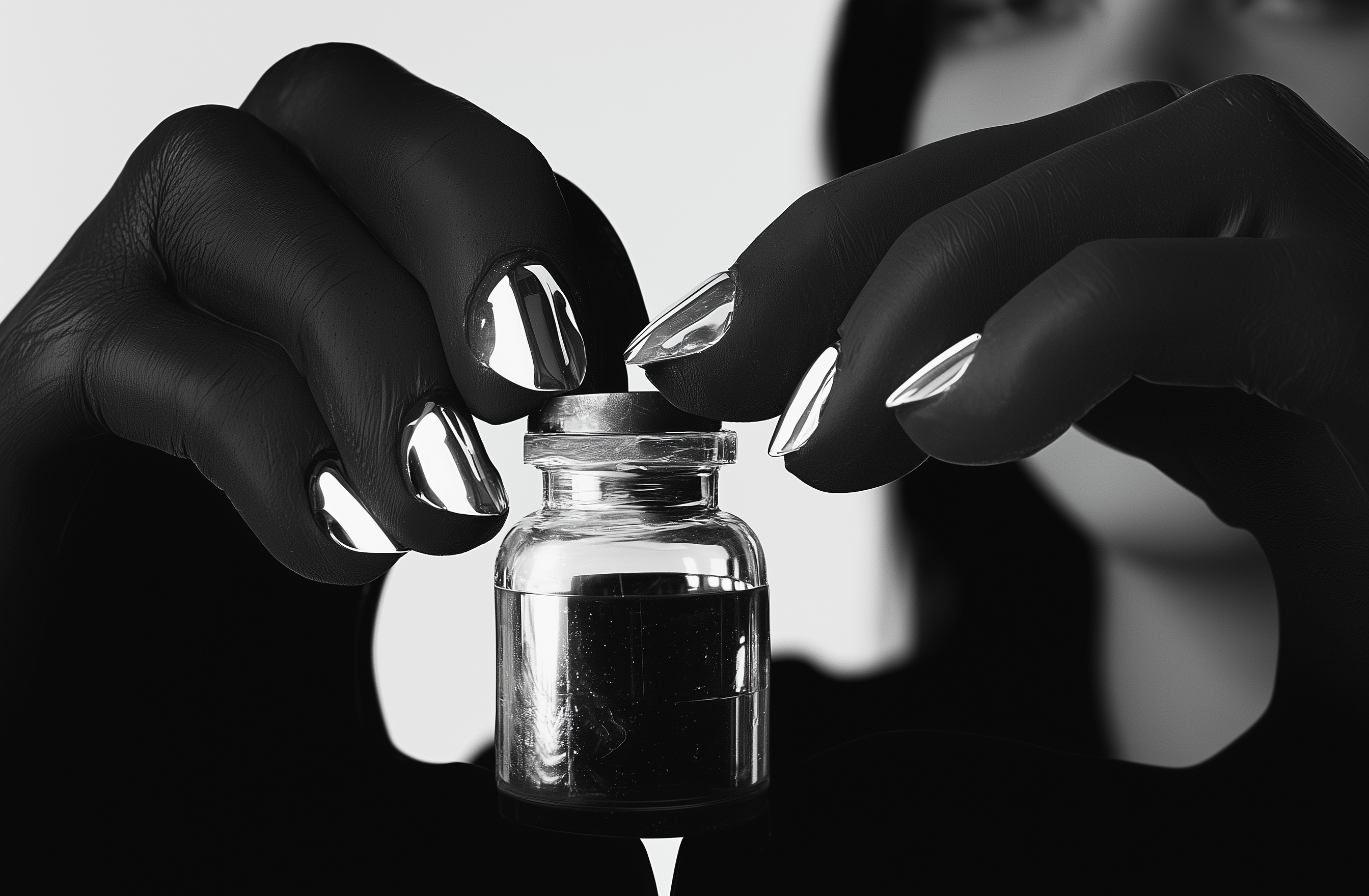Digital
Ai
AI Model Training
Aesthetic Integration
Digital Asset Creation
Brand Cohesion
Visual Strategy
In today’s digital landscape, brands require a consistent and unique visual presence to resonate across multiple platforms. At Bttr, we explored a host of design tools to see how it could replicate and enhance a brand’s aesthetic. This concept dives into our process, our discoveries, and the practical applications we uncovered.


BRANDING OF TOMORROW
An AI-Driven Art Direction


Conceptualization and Initial Experiments
To begin, we aimed to understand our AI tools capacity for capturing unique brand elements. We experimented with different prompts to generate visuals that align with a brand’s identity.
Starting with basic descriptors—such as “modern, elegant aesthetics” or “vintage-inspired minimalism”—we iterated to see how well the AI could interpret and execute these styles. The tool allowed us to generate initial concepts without the need for a traditional photoshoot, opening possibilities for rapid experimentation.
AI-Enhanced Consistency
We built an AI-driven aesthetic model enabling seamless visual deployment across all digital brand assets



Refining Through Model Training
Once we had a rough aesthetic direction, we trained the AI to recognize core brand elements like colors, textures, and typographic styles. We tested how consistent Flair.ai could be across various content formats. This step was crucial, as it determined the feasibility of using Flair.ai for cohesive multi-platform branding. By experimenting with different iterations, we gained insights into how we could maintain visual integrity across diverse digital assets.

BRANDING OF TOMORROW
Transitioning to Usable Assets
After refining our models, we moved to the next phase: creating functional digital assets. We produced everything from social media templates to mock product photos that matched the brand’s look and feel. We can then house these assets in Canva, making them easily accessible and adaptable for different brand needs. The flexibility and speed with which we could create and iterate on assets underscored the AI’s potential as a scalable design solution.

BRANDING OF TOMORROW
Practical Application and Scaling
To test applicability, we deployed the AI-generated assets across multiple digital channels. Our goal was to see how the generated assets performed in real-world use cases, from social media to e-commerce visuals. This experimental phase revealed key strengths in maintaining visual cohesion, especially useful for brands looking to streamline their content creation processes without sacrificing quality.
BRANDING OF TOMORROW
Our experimentation with these new AI tools
provided several valuable insights:
Efficiency Gains: The ability to generate brand-consistent visuals quickly offered a major advantage over traditional production timelines.
Scalability: Flair.ai’s model provided adaptable assets suitable for various platforms, proving its utility for brands with diverse digital needs.
Cost-Effectiveness: By reducing the need for costly photoshoots, Flair.ai allowed for a more resource-efficient approach to branding.
Conclusion: Our exploration with Flair.ai showcased its potential as an innovative tool for brands seeking to unify their visual identity without the intensive resource requirements of traditional methods. Through these experiments, we validated that AI-driven aesthetic training could provide brands with fast, adaptable, and high-quality visuals that enhance their digital presence.
For those interested in pushing the boundaries of digital branding, tools like Flair and Runway represent a significant step forward. This journey into AI experimentation reflects Bttr’s commitment to pioneering new approaches in the design landscape.
